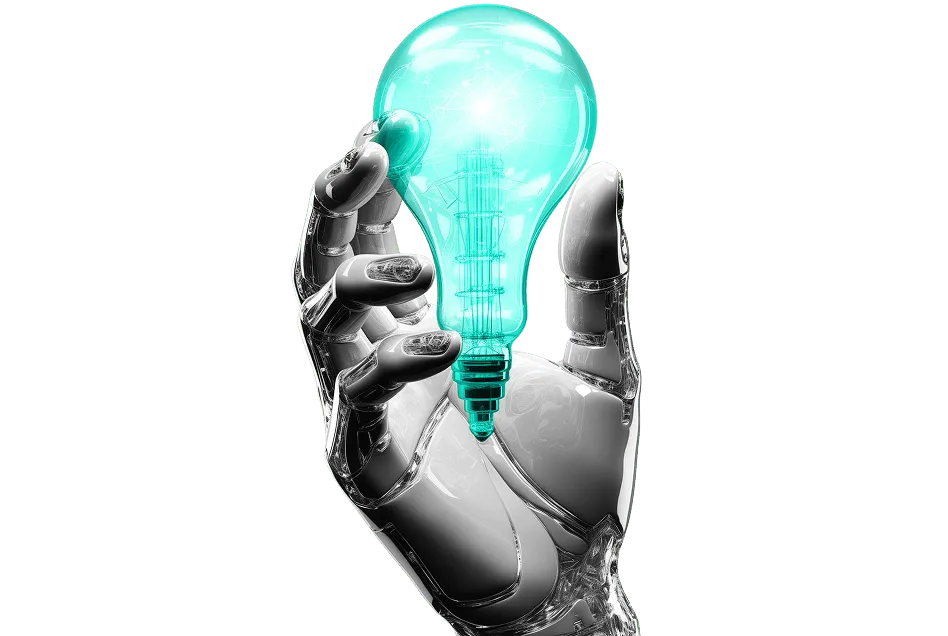Navigating the Shifting Global Workforce Planning Strategy Landscape
The year 2025 will see the most drastic evolution in global policies, leading to the workforce landscape undergoing unprecedented transformation. The U.S. adoption of a more inward-focused strategy has sent ripple effects across industries and regions, accompanied by a growing emphasis on regional talent hubs, significant leaps in AI implementation, and the reconfiguration of global supply chains. While the impact of these changes for businesses plays out in real time, Draup has undertaken research to understand the broader implications on the strategic workforce planning landscape and how organizations can refine their workforce planning strategy accordingly.
Global Policy Shifts and Their Impact on Workforce Planning Strategy
Workforce planning teams are looking at a seismic shift in how their decisions will contribute to how businesses operate and where talent is sourced. Here are several key trends and their implications for organizations and regions worldwide:
Talent Development: Policies promoting domestic talent are leading to the creation of regional hubs, with Europe, India, and Latin America specializing in green technology, AI, and integrated manufacturing-tech solutions, respectively highlighting the importance of a targeted workforce planning strategy.
U.S. Policy Impacts: An “America First” approach prioritizes domestic issues, fostering growth in tier-2 and tier-3 cities through tax incentives. AI is democratizing skills, reducing reliance on traditional IT hubs.
Supply Chain and Automation: Proposed tariffs drive supply chain restructuring, emphasizing efficiency through automation and AI. This necessitates a workforce planning strategy focused on building skills in digital transformation.
These shifts require workforce planners to realign their workforce planning strategy, focusing on location-based talent development and new skill combinations that bridge traditional and emerging needs.
Regional Workforce Trends and Challenges in Workforce Planning Strategy
Regions worldwide are presented with unique opportunities and challenges. Shifting policies, trade strategies, and emerging technologies are reshaping regional economic landscapes and creating new talent ecosystems, making a strong workforce planning strategy more critical than ever.
Europe’s AI Landscape Evolution:
- Europe is developing distinct AI specialization hubs – with established centers like London (51,800 AI professionals) and Paris (42,000) leading, while emerging micro-hotspots like Porto and Sofia show rapid growth in AI talent. This indicates how regions are building specialized AI workforces aligned with their economic strengths, highlighting the importance of a strategic workforce planning strategy.
- Europe is poised to lead in Net Zero initiatives and sustainable technology, with investments focused on achieving climate neutrality by 2050. However, stringent AI regulations may impact Europe’s competitiveness compared to the U.S. and China, making a robust workforce planning strategy essential to navigate these challenges.
India’s Tech Ecosystem Evolution
- AI talent is expanding beyond traditional tech hubs, with tier 2 and 3 cities like Pune, Ahmedabad, and Coimbatore emerging as R&D centers.
- The country’s software export capabilities are strengthening through focused development of specialized AI talent.
- Growth is particularly strong in contract development services and pharmaceutical manufacturing outsourcing.
- A key challenge in your workforce planning strategy is bridging the skills gap between current workforce capabilities and advanced AI requirements.
Latin America’s Digital Transformation
- Brazil has made significant strides in cybersecurity development.
- Secondary cities are emerging as tech hubs, with new VC-backed startups growing in these areas.
- Regional focus areas include: skills development programs to enhance workforce competitiveness, development of smaller technology and innovation centers, digital transformation across traditional industries, and infrastructure development.
- Incorporating a strong workforce planning strategy alongside political stability remains critical for sustained growth.
Southeast Asia’s Strategic Position
- Countries like Vietnam, Malaysia, and Indonesia are becoming alternative manufacturing hubs. The region offers significant operational cost advantages compared to other markets.Focus areas include:
- Manufacturing automation and smart factory development
- Supply chain optimization through AI
- Integration of local workforce with advanced technologies as part of an effective workforce planning strategy
- Growing investment from Chinese tech giants is accelerating AI adoption and talent development
Skills for the Future Workforce Planning Strategy
The evolving global workforce requires a strategic focus on skills development as part of a robust workforce planning strategy to navigate the challenges and leverage opportunities presented by technological advancements and policy shifts. Draup’s latest workforce planning report underscores the importance of reskilling and upskilling to prepare for an AI and automation-driven future.
Key Skills Likely to Gain Prominence:
- AI and Intelligent Automation: Skills in developing, deploying, and managing AI tools that enhance operational efficiency.
- Agentic AI: Expertise in autonomous AI systems for independent decision-making within set boundaries.
- Robotic Process Automation (RPA): Designing, developing, and managing software bots to automate repetitive tasks, with knowledge in workflow optimization, RPA tools, and system integration.
- New Age Cybersecurity: Securing digital assets with advanced techniques like zero-trust architecture and AI-driven threat detection.
- AI Ethics Analyst: Ensuring ethical AI practices.
And more.
These shifts will not only transform IT roles but also impact various sectors, including supply chain management, procurement, and HR, requiring professionals to adapt to new tools and methodologies driven by AI and automation highlighting the need for a robust workforce planning strategy.
Practical Solutions for Workforce Planning Strategy
To navigate the complexities of global policy shifts and emerging workforce trends, organizations must adopt data-driven strategies and leverage advanced tools to stay ahead. The Draup report outlines actionable solutions for workforce planners and HR leaders to enhance their workforce planning strategy and prepare for these transformative changes.
- Leveraging Data-Driven Insights: Comprehensive talent ecosystems, geopolitical risk assessment, and a strategic workforce planning strategy leveraging multi-dimensional labor market data will be critical for making informed decisions about workforce deployment.
- Empowering HR and Talent Acquisition: Streamlining recruitment, transforming L&D programs, and promoting cross-functional expertise are essential for building a future-ready workforce. Data-driven talent intelligence platforms are seeing increasing adoption among forward-looking enterprises to strengthen their workforce planning strategy and meet these requirements.
By adopting these solutions, companies can future-proof their workforce planning strategy and overall workforce strategies, enabling them to navigate policy-driven disruptions, embrace innovation, and maintain a competitive edge in a rapidly evolving global economy.










.svg)
















.svg)





.svg)





.svg)
